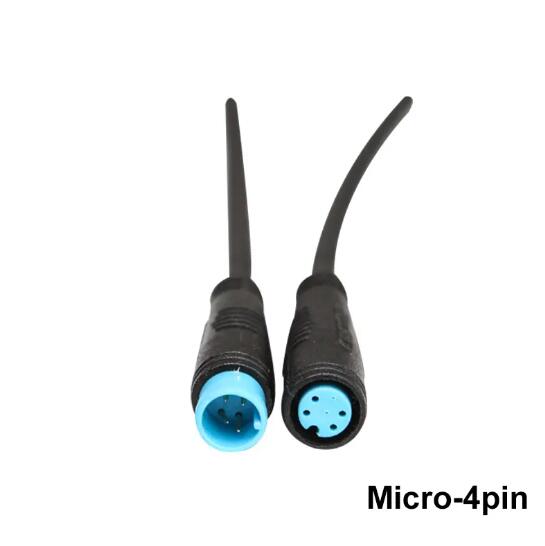Unveiling the Factors Influencing Signal Connector Performance
2024-04-11
Signal connectors serve as the lifeline of modern electronic systems, facilitating the seamless transmission of data and power. However, the performance of these connectors can be influenced by various factors, ranging from environmental conditions to design considerations. Understanding these factors is crucial for ensuring optimal performance and reliability in electronic applications. Let's delve into some key aspects that can impact the performance of signal connectors:
1. Environmental Conditions:
- Temperature: Extreme temperatures can affect the electrical properties and mechanical integrity of signal connectors. High temperatures may cause insulation breakdown, while low temperatures can make materials brittle.
- Moisture and Contaminants: Exposure to moisture, dust, and other contaminants can lead to corrosion, short circuits, and insulation resistance degradation, compromising connector performance over time.
- Vibrations and Mechanical Stress: Mechanical stress and vibrations can result in connector damage, fretting corrosion, and intermittent connections, leading to signal degradation and system failure.
2. Electrical Factors:
- Signal Integrity: Factors such as impedance mismatch, crosstalk, and signal attenuation can degrade signal integrity, leading to data errors, signal distortion, and reduced system performance.
- Voltage and Current Ratings: Exceeding voltage and current ratings can lead to overheating, insulation breakdown, and electrical arcing, posing safety risks and damaging connector components.
- Contact Resistance: Poor contact resistance due to surface contamination, wear, or improper mating can result in voltage drops, increased power dissipation, and signal loss.
3. Mechanical Design:
- Mating Cycles: The number of mating cycles a connector can withstand before experiencing performance degradation or failure is a critical consideration, especially in applications requiring frequent connections and disconnections.
- Connector Material and Construction: The choice of materials and construction techniques can impact mechanical strength, durability, and resistance to environmental factors such as temperature, moisture, and chemicals.
- Mating and Unmating Forces: Excessive mating and unmating forces can cause connector damage, pin deformation, and wear, affecting the reliability and ease of use of the connector.
4. EMI/RFI Interference:
- Electromagnetic Interference (EMI) and Radio Frequency Interference (RFI) can disrupt signal transmission and reception, leading to data errors, electromagnetic compatibility (EMC) issues, and compliance failures.
- Proper shielding, grounding, and filtering mechanisms are essential to minimize EMI/RFI effects and ensure reliable signal transmission in electronic systems.
5. Connector Assembly and Installation:
- Proper assembly techniques, including crimping, soldering, and insulation displacement, are crucial for achieving reliable electrical connections and mechanical stability.
- Improper installation practices, such as over-tightening, misalignment, and insufficient strain relief, can lead to connector damage, contact misalignment, and compromised performance.
6. Aging and Wear:
- Over time, connectors may experience wear and aging due to mechanical stress, environmental exposure, and material degradation, leading to increased contact resistance, intermittent connections, and reduced reliability.
- Regular inspection, maintenance, and replacement of worn or damaged connectors are essential to ensure continued performance and prevent system downtime.
In conclusion, the performance of signal connectors can be influenced by a myriad of factors, encompassing environmental conditions, electrical properties, mechanical design, EMI/RFI interference, assembly practices, and aging effects. By carefully considering these factors and selecting connectors that meet the specific requirements of your application, you can ensure optimal performance, reliability, and longevity in electronic systems. Additionally, adhering to best practices in connector installation, maintenance, and operation is essential for mitigating potential performance issues and maximizing the efficiency of your electronic designs.



